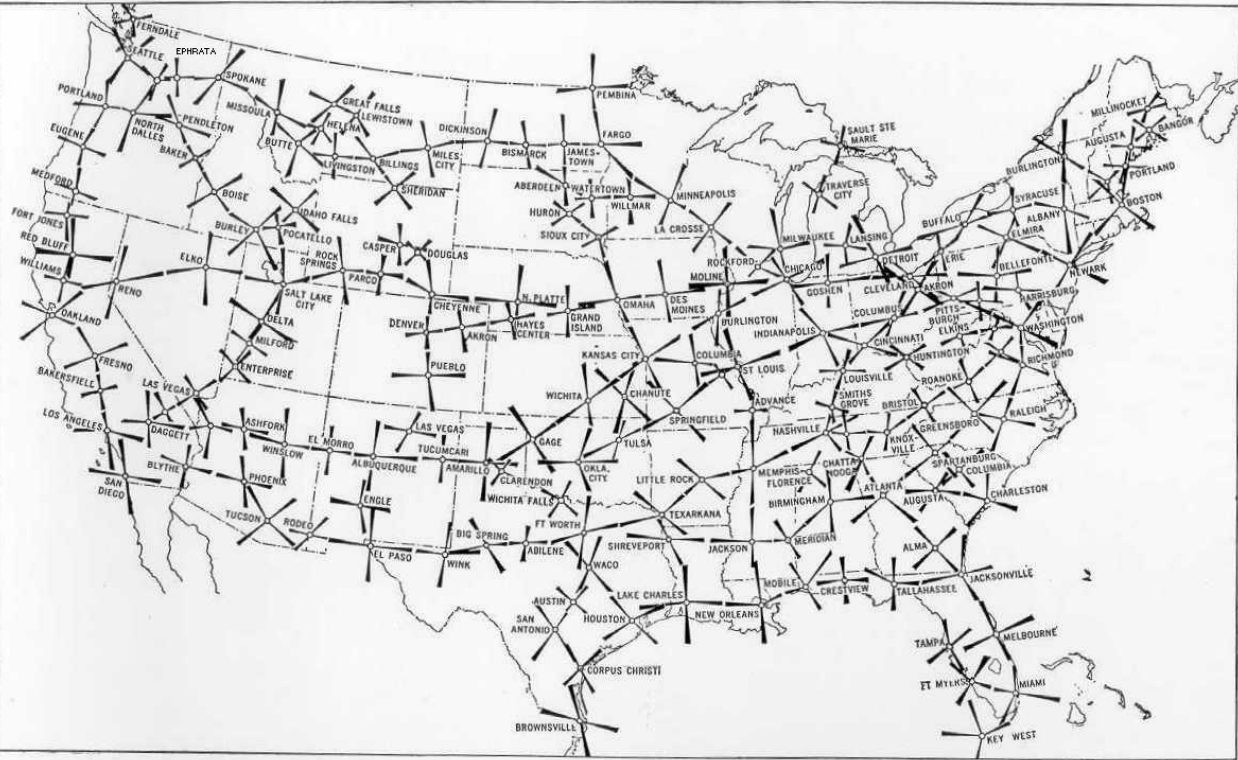One frequently observes people who appear to be the captives of their phones and other screen-based devices, and many concerns have been raised about the effects of this behavior. Reading Merritt Ierley’s book “Wondrous Contrivances: Technology at the Threshold”, I was amused to see the following passage in a chapter about a letter written in the mid-1920s concerning the then-new technology of radio. The letter was sent to NYC radio station WEAF by a man whose family had just acquired a receiver:
It is 5:25 PM–you have just finished broadcasting; you have practically finished breaking up a happy home. Our set was installed last evening. Today, my wife has not left her chair, listening all day. Our apartment has not been cleaned, the beds are not made, the baby not bathed–and no dinner ready for me.
A little quick on the trigger, I’d say…good grief, they’d just gotten the radio the previous evening. I wonder what happened over the next few days, and how common this experience/reaction was.
Some reactions, though, were much more positive about the influence of radio. Writer Stanley Frost thought radio had the ability to reach out to “illiterate or broken people,” making them “for the first time in touch for the world around them,” and reprinted a letter received by WJZ in Newark:
My husban and I thanks yous all fore the gratiss programas we received every night and day from WJZ…The Broklin teachers was grand the lecturs was so intresing…the annonnser must be One grand man the way he tell the stories to the children.
And in an article titled ‘Radio Dreams That Can Come True’, Collier’s Magazine asserted hopefully that radio could lead to a “spreading of mutual understanding to all sections of the country, unifying our thoughts, ideals, and purposes, and making us a strong and well-knit people.”
Thoughts?
